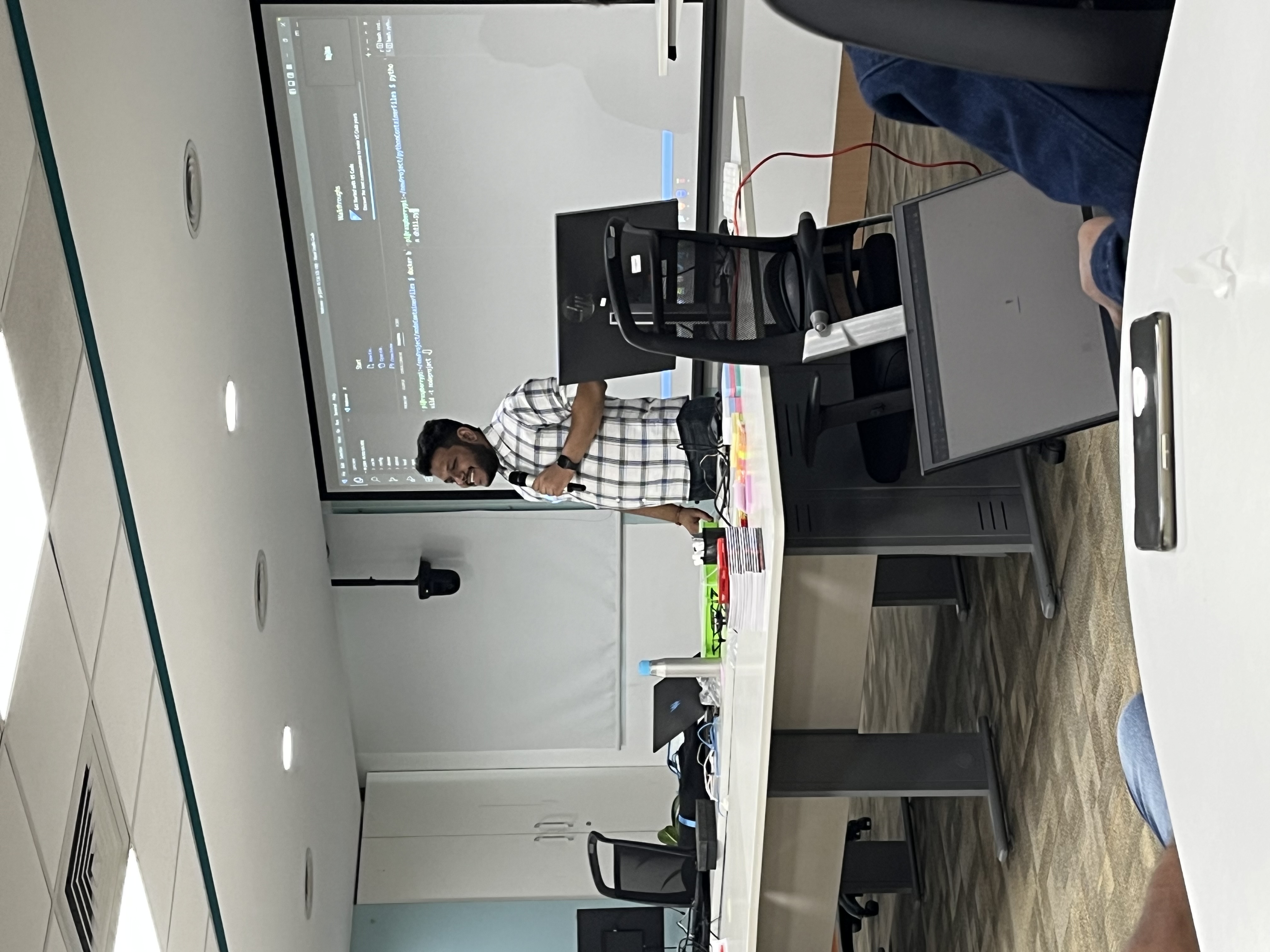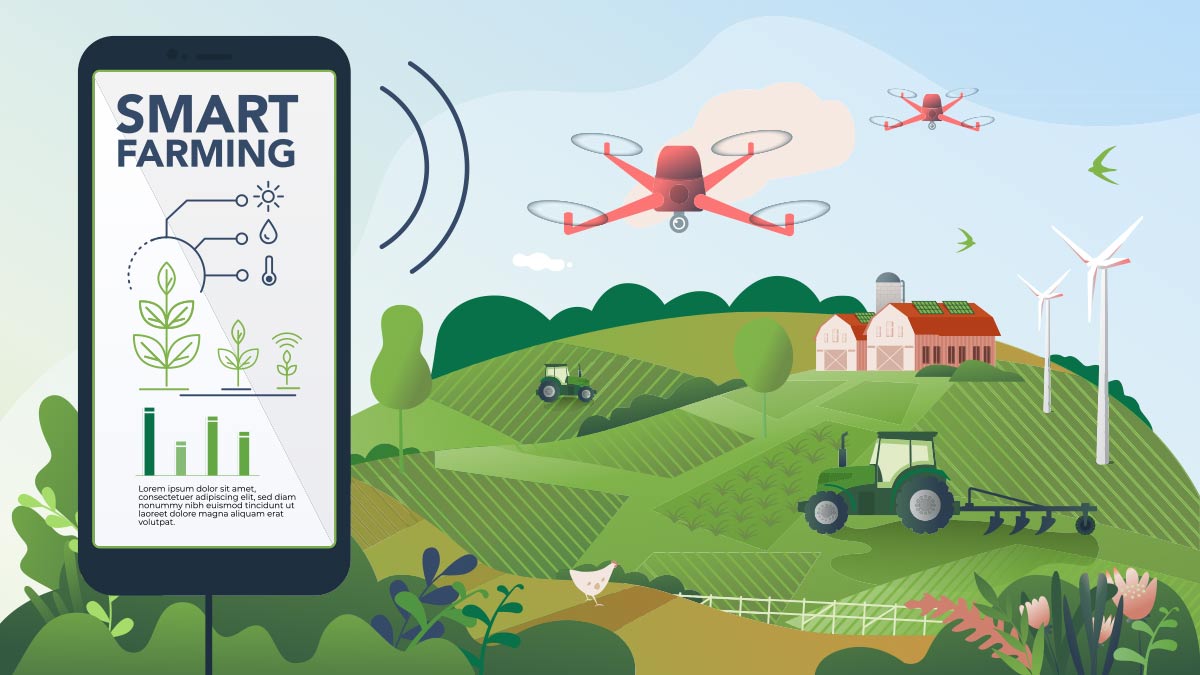Revolutionizing Agriculture with IoT: A Smart Approach to Farming
 Tejas Shaha
Tejas Shaha
Introduction
In the ever-evolving landscape of technology, one domain that has witnessed remarkable transformation is agriculture. The integration of Internet of Things (IoT) in agriculture, often referred to as Smart Agriculture or Precision Farming, has ushered in a new era of efficiency, sustainability, and increased productivity. In this blog, we will delve into the fascinating world of smart agriculture, exploring its applications and showcasing real-world examples that highlight its transformative potential.
Understanding Smart Agriculture
Smart agriculture leverages IoT technologies to collect and analyze data from various sources in real-time, enabling farmers to make informed decisions and optimize their farming operations. The key components of smart agriculture include sensors, actuators, communication networks, and data analytics platforms.
Applications of Smart Agriculture
Precision Farming: Precision farming involves the use of IoT devices to monitor and manage crop fields with a high degree of accuracy. Sensors placed in the soil can measure moisture levels, nutrient content, and temperature. Drones equipped with cameras and sensors can provide aerial imagery, helping farmers identify areas of the field that require attention. This precision allows for targeted irrigation, optimized fertilizer application, and efficient pest control.
Example: John Deere's Precision Agriculture: John Deere, a leading agricultural machinery manufacturer, offers precision farming solutions that integrate IoT technologies. Their systems include GPS-guided tractors, sensors for monitoring soil conditions, and software for analyzing data to make data-driven decisions.
Livestock Monitoring: IoT devices are also used for monitoring the health and well-being of livestock. Wearable sensors on animals can track vital signs, activity levels, and location. This data helps farmers detect early signs of illness, manage breeding programs, and optimize feeding schedules.
Example: Cainthus - Smart Dairy Farming: Cainthus, an Irish agtech company, employs computer vision and machine learning algorithms to monitor dairy cows. Cameras analyze behavioral patterns, detect signs of distress or illness, and provide insights to improve overall herd management.
Climate Monitoring: Smart agriculture systems utilize weather stations and environmental sensors to collect data on temperature, humidity, wind speed, and precipitation. This information aids farmers in predicting weather patterns, mitigating risks, and optimizing crop planning.
Example: The Climate Corporation (Climate FieldView): This platform offers farmers real-time weather data, satellite imagery, and field-level insights. By integrating IoT devices, Climate FieldView helps farmers make more informed decisions regarding planting, harvesting, and irrigation.
Supply Chain Optimization: IoT technologies are employed to enhance the efficiency of the agricultural supply chain. From monitoring the conditions of storage facilities to tracking the transportation of crops, smart agriculture ensures that produce reaches its destination in optimal condition.
Example: IBM Food Trust: IBM Food Trust utilizes blockchain and IoT to create a transparent and traceable food supply chain. Farmers, distributors, and retailers can access real-time data on the journey of a product from farm to table, ensuring food safety and reducing waste.
Conclusion
Smart agriculture powered by IoT is reshaping the traditional farming landscape. The integration of sensors, data analytics, and connectivity empowers farmers to make data-driven decisions, reduce resource wastage, and increase overall productivity. As the world faces growing challenges in food security and sustainability, the adoption of smart agriculture practices becomes increasingly crucial. The examples mentioned above demonstrate that IoT is not just a technological advancement but a revolutionary force driving positive change in the agriculture sector. Embracing smart agriculture is not just about embracing innovation; it's about securing the future of farming.
Subscribe to my newsletter
Read articles from Tejas Shaha directly inside your inbox. Subscribe to the newsletter, and don't miss out.
Written by
